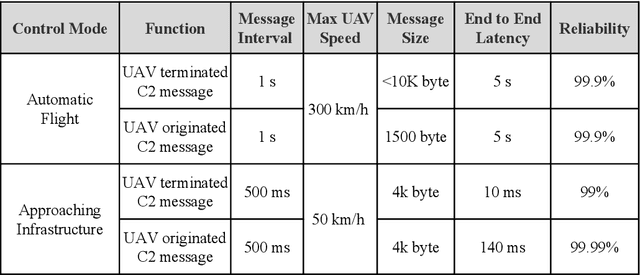Ultra-reliable urban air mobility networks
Paper and Code
Oct 23, 2024



Recently, urban air mobility (UAM) has attracted attention as an emerging technology that will bring innovation to urban transportation and aviation systems. Since the UAM systems pursue fully autonomous flight without a pilot, wireless communication is a key function not only for flight control signals, but also for navigation and safety information. The essential information is called a command and control (C2) message, and the UAM networks must be configured so that the UAM can receive the C2 message by securing a continuous link stability without any interruptions. Nevertheless, a lot of prior works have focused only on improving the average performance without solving the low-reliability in the cell edges and coverage holes of urban areas. In this dissertation, we identify the factors that hinder the communication link reliability in considering three-dimensional (3D) urban environments, and propose a antenna configuration, resource utilization, and transmission strategy to enable UAM receiving C2 messages regardless of time and space. First, through stochastic geometry modeling, we analyze the signal blockage effects caused by the urban buildings. The blockage probability is calculated according to the shape, height, and density of the buildings, and the coverage probability of the received signal is derived by reflecting the blockage events. Furthermore, the low-reliability area is identified by analyzing the coverage performance according to the positions of the UAMs. To overcome the low-reliability region, we propose three methods for UAM network operation: i) optimization of antennas elevation tilting, ii) frequency reuse with multi-layered narrow beam, and iii) assistive transmissions by the master UAM.
 Add to Chrome
Add to Chrome Add to Firefox
Add to Firefox Add to Edge
Add to Edge